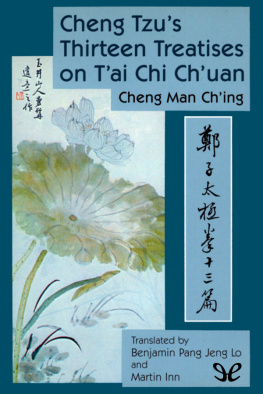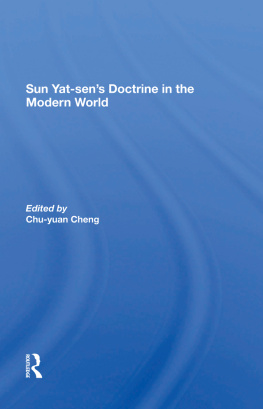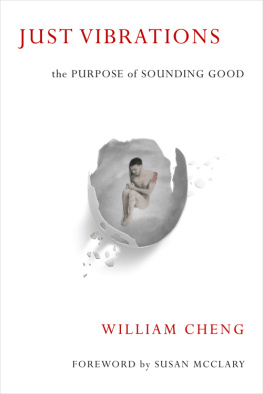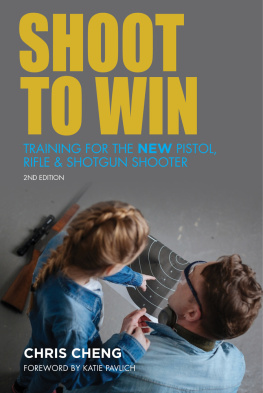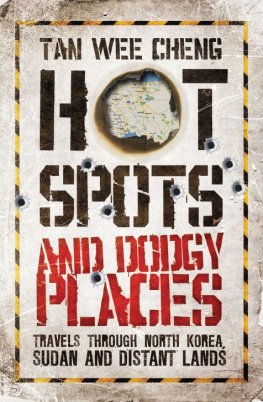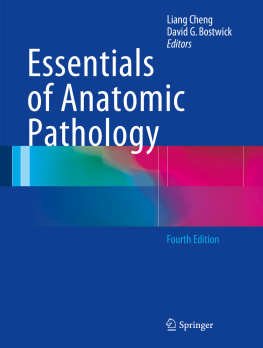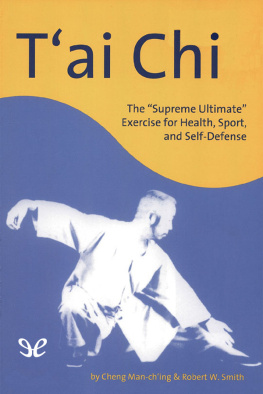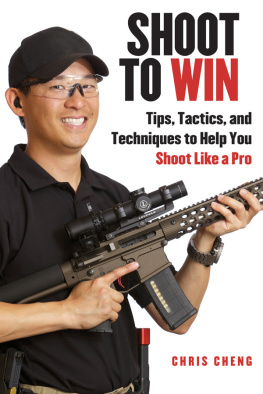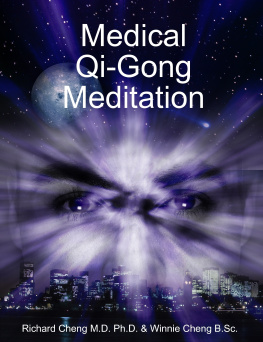Cheng Man Ching - Cheng Tzus Thirteen Treatises on Tai Chi Chuan
Here you can read online Cheng Man Ching - Cheng Tzus Thirteen Treatises on Tai Chi Chuan full text of the book (entire story) in english for free. Download pdf and epub, get meaning, cover and reviews about this ebook. year: 1985, publisher: ePubLibre, genre: Religion. Description of the work, (preface) as well as reviews are available. Best literature library LitArk.com created for fans of good reading and offers a wide selection of genres:
Romance novel
Science fiction
Adventure
Detective
Science
History
Home and family
Prose
Art
Politics
Computer
Non-fiction
Religion
Business
Children
Humor
Choose a favorite category and find really read worthwhile books. Enjoy immersion in the world of imagination, feel the emotions of the characters or learn something new for yourself, make an fascinating discovery.
- Book:Cheng Tzus Thirteen Treatises on Tai Chi Chuan
- Author:
- Publisher:ePubLibre
- Genre:
- Year:1985
- Rating:5 / 5
- Favourites:Add to favourites
- Your mark:
- 100
- 1
- 2
- 3
- 4
- 5
Cheng Tzus Thirteen Treatises on Tai Chi Chuan: summary, description and annotation
We offer to read an annotation, description, summary or preface (depends on what the author of the book "Cheng Tzus Thirteen Treatises on Tai Chi Chuan" wrote himself). If you haven't found the necessary information about the book — write in the comments, we will try to find it.
Cheng Tzus Thirteen Treatises on Tai Chi Chuan — read online for free the complete book (whole text) full work
Below is the text of the book, divided by pages. System saving the place of the last page read, allows you to conveniently read the book "Cheng Tzus Thirteen Treatises on Tai Chi Chuan" online for free, without having to search again every time where you left off. Put a bookmark, and you can go to the page where you finished reading at any time.
Font size:
Interval:
Bookmark:

Millions of people worldwide practice tai chi, the most popular form of which was codified beginning in the 1960s by Cheng Man Ching. In this scholarly yet practical book, Professor Cheng shows precisely how the postures and moves of tai chi work, with examples from anatomy and physics, both internally as energetic principles and externally on opponents. He clarifies the spheres, triangles, and centripetal and centrifugal forces within physical exchanges such as push-hands. Contrasting Western and Chinese techniques of healing, he also explores the relationships of organs to one another in pathology and the necessary dynamics of treatment. Professor Cheng explains how the practitioner may serve as his or her own doctor and, likewise, as the physician or trainer of an attacker. The martial arts, he says, are not a special case of unusual power, simply an aspect of adapting natural and cosmic law to circumstance. This edition of the classic text contains 13 major essays; oral secrets from Chengs teacher Yang Chengfu a Q&A with commentary on martial arts classics; the authors application and functions of each of the 37 postures of the short form, with the original photographs of him as a young man two prefaces and much more.
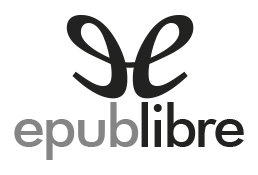
Cheng Man Ching
ePub r1.2
antbae 19.11.17
Ttulo original: Cheng Tzus Thirteen Treatises on Tai Chi Chuan
Cheng Man Ching, 1985
Traduccin: Benjamin Pang Jeng Lo y Martin Inn
Ilustraciones: Paula Morrison
Editor digital: antbae
ePub base r1.2
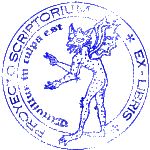
Acknowledgements
We would like to express our thanks to Madame Cheng Man-ching for her encouragement and permission to translate this book, and for also writing a preface.
In translating a book of such complexity it takes the collective energy of many people who contribute their ideas, edit and proof read the manuscript. We would like to thank Robert W. Smith, Jim Hill, John Lang, Warren Conner, John Ladd, Will Poulsen, Father Arthur Swain, S. J., Classics Department, University of San Francisco, Andrew Main, Susan Foe, William Haught, and Mr. Liu Si-heng in Taiwan. Special thanks to Richard Grossinger for reworking the whole manuscript.
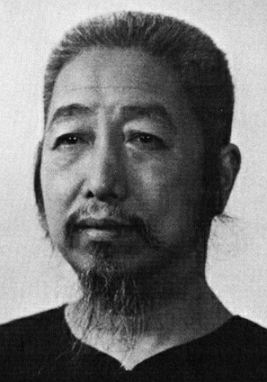
CHENG MAN-CHING or ZHENG MANQING(29 July 1902 - 26 March 1975) was born in Yongjia (present-day Wenzhou), Zhejiang Province (his birthday was on the 28th year of the Guangxu emperors reign, 6th month, 25th day, which corresponds to July 29, 1902. He died March 26, 1975; his grave is near the city of Taipei. Cheng was trained in Chinese medicine, tai chi chuan, and the three perfections: calligraphy, painting and poetry. Because of his skills in these five areas (among some of the traditional skills and pastimes of a Confucian scholar in traditional China) he was often referred to as the "Master of Five Excellences." Because he had been a college professor, his students called him "Professor Cheng."
[1] The normal physical explanation for why a drop of rain is spherical is that the individual water molecules bounce off each other because of their energy of motion (expanding force), but they also have slight attractions to each other; in the interior of the drop, any given molecule is attracted equally on any side, so the attractions cancel out, providing a net expanding force; but at the surface of the drop, there is no attracting force from the outside of the drop, so there is a net attracting force directed toward the interior. If the drop were not round, then the forces on the surface molecules would be uneven in directions tangent to the surface, thus moving the molecules along the surface until the drop became round.
[2] Notice that in his discussion of centrifugal and centripetal forces, Man-Ching is ignoring forces that are tangent to the surface of the sphere. Thus, he makes the distinction between inner and outer-directed forces, but not between left and right-directed forces.
[3] To see the utility of round objects in negative defense, con-sider the roundness of the egg, "Natures most perfect shape. " Eggs are very difficult to break, since they either tend to roll away, or, because they are round, they can easily re-direct forces away from their centers along their surfaces.
[4] The discussion about triangles can be more easily under-stood if the triangle is considered as an abstraction of the lever. From his discussion it appears that any one corner of the triangle can be considered to be the fulcrum of the lever, and that any force directed along one leg of the triangle (one end of the lever) will be re-directed back through the fulcrum to the other leg, and ultimately back to the originator of the force. This will neutralize the original force by directing it away from its original direction, along the surface of the circle (or sphere). This can happen as long as the triangle main-tains its structural integrity, and the fulcrum of the lever i. e., center of the circle) remains fixed. Notice that the cir-cles center, or levers fulcrum, need not be within ones own body; the important thing is that none of the legs of the triangle (or ends of the lever) collapse; that is, the spatial rela-tionships between the forces do not change.
[5] The limitations of time and space, and the desirability of the sphere make sense if you consider that the more space there is around you, the harder it is for anyone to transmit their attack. Since attacks may come from any quarter, it is best to be alert and keep ones distance equally from any direction.
[6] An object moving at a constant velocity being subjected to a force over a period of time requires a certain amount of work. In the discussion of Force, Speed, and Energy, modern physics would actually say that Force X Speed = Power, not Energy. For example, a small force acting very fast, or a large force acting slowly, could both exert a lot of power, that is, the ability to deliver lots of energy quickly. Since Force x Distance = Energy, and Speed = Distance / Time, then Force x Speed x Time = Energy. Notice that a small force acting quickly can equal a slower acting larger force.
[7] Rather than "weight point" and "point of force, " it might be clearer to say "application force" and "balancing force, " respectively. Though he makes the analogy of a jack or crane, it sounds more like a balance scale.

Cheng Tzus Thirteen Treatises on Tai Chi Chuan By Professor Cheng Man Ching
When my late husband Man-ching was very young his body was extremely weak. Although his physical condition was poor he was very clever and studied hard. At the age of twenty he had already accepted the position as professor of literature at universities in Peiping and Shanghai, and he was also the head of the Chinese Traditional Painting Department of the Fine Arts Academy in Shanghai. Because of his heavy teaching responsibilities and social commitments with other poets, he contracted a lung disease. His condition steadily worsened and the medical doctors were unable to help him. Fortunately by that time his friends had introduced him to the great Tai Chi Chuan master Yang Cheng-fu and he became the last disciple of Master Yang. For six years he studied with Master Yang everyday and his body became healthy and strong. My husband deeply felt that Tai Chi Chuan could benefit everyone, and he was anxious to spread this art to all. He followed the proverb, "The good doctor cures people before they become ill." At that time in China very few people practiced this art and there wasnt even a reference to Tai Chi Chuan in bookstores.
Font size:
Interval:
Bookmark:
Similar books «Cheng Tzus Thirteen Treatises on Tai Chi Chuan»
Look at similar books to Cheng Tzus Thirteen Treatises on Tai Chi Chuan. We have selected literature similar in name and meaning in the hope of providing readers with more options to find new, interesting, not yet read works.
Discussion, reviews of the book Cheng Tzus Thirteen Treatises on Tai Chi Chuan and just readers' own opinions. Leave your comments, write what you think about the work, its meaning or the main characters. Specify what exactly you liked and what you didn't like, and why you think so.

